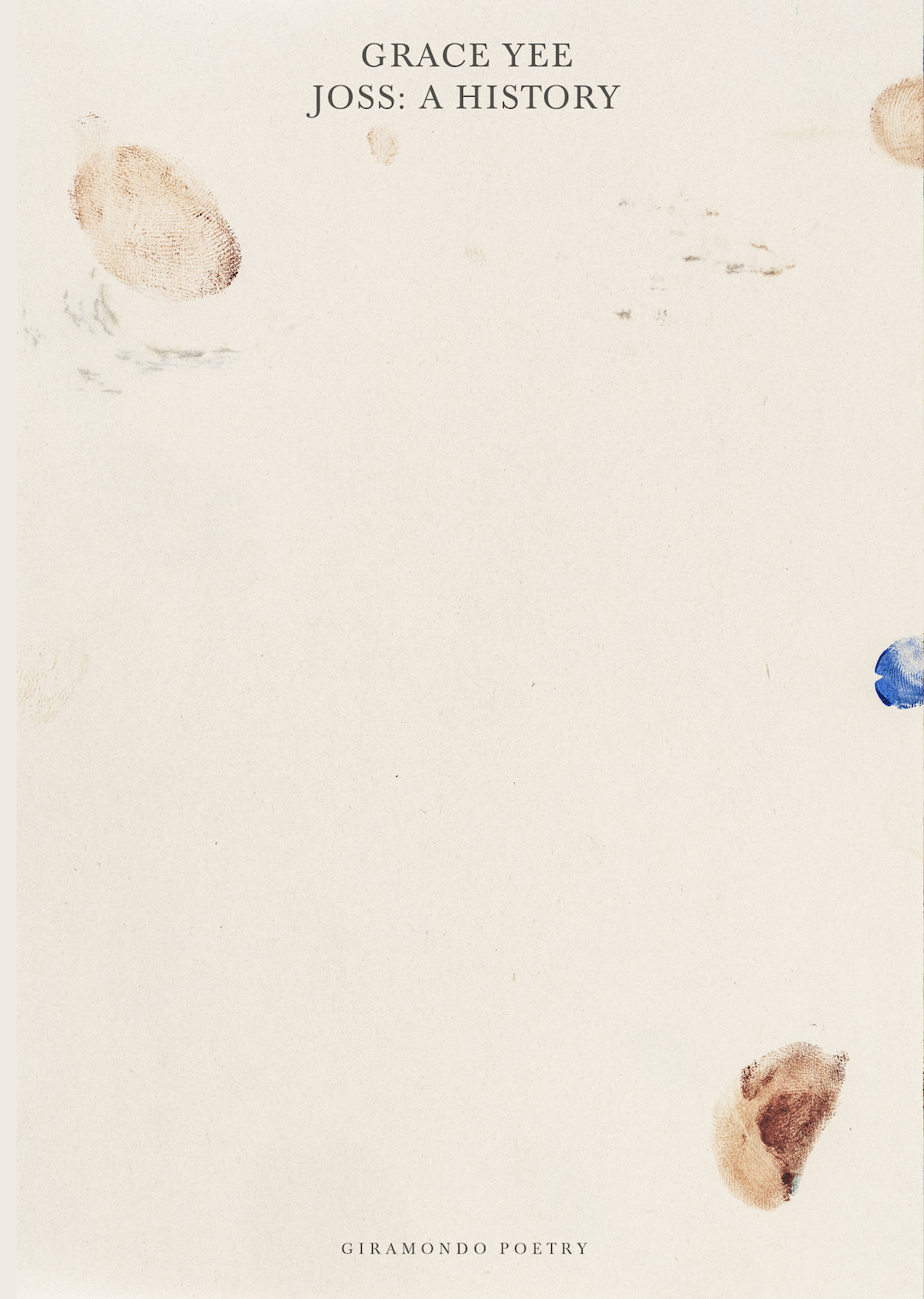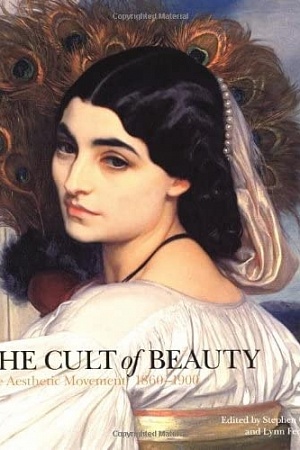Napoleon: Revolution to Empire
National Gallery of Victoria, $49.95 hb, 327 pp, 9780724103560
Napoleon: Revolution to Empire by Ted Gott
Napoleon came to power as First Consul in 1799 after a coup d’état, having recently returned from invading Egypt, his defeat there by the British spin-doctored into a victory back in Paris. Five years later he had himself made emperor, crowning himself in Notre Dame surrounded with panoply reminiscent of the ancien régime and inspired by fantasies of Roman Antiquity. Bonaparte’s armies occupied much of Western Europe, overthrowing governments, installing his brothers and brothers-in-law as kings, and imposing French laws and taxation. Napoleon’s wars killed three million soldiers, with the death rate on the Russian campaign – mostly of starvation, cold, and exhaustion – among the highest in modern military history. The emperor pillaged the art collections of conquered Europe to create his Musée Napoléon. In 1802 he reversed a decree of the revolutionary government in order to re-establish slavery in the French colonies. The famous Napoleonic Code of laws made women second-class citizens; a woman’s husband, for instance, had legal control of her property. The emperor unceremoniously dumped Joséphine to take a wife who could bear a child and, he dreamed, secure his dynasty. Napoleon’s opponents were imprisoned or driven into exile.
Continue reading for only $10 per month. Subscribe and gain full access to Australian Book Review. Already a subscriber? Sign in. If you need assistance, feel free to contact us.











Leave a comment
If you are an ABR subscriber, you will need to sign in to post a comment.
If you have forgotten your sign in details, or if you receive an error message when trying to submit your comment, please email your comment (and the name of the article to which it relates) to ABR Comments. We will review your comment and, subject to approval, we will post it under your name.
Please note that all comments must be approved by ABR and comply with our Terms & Conditions.